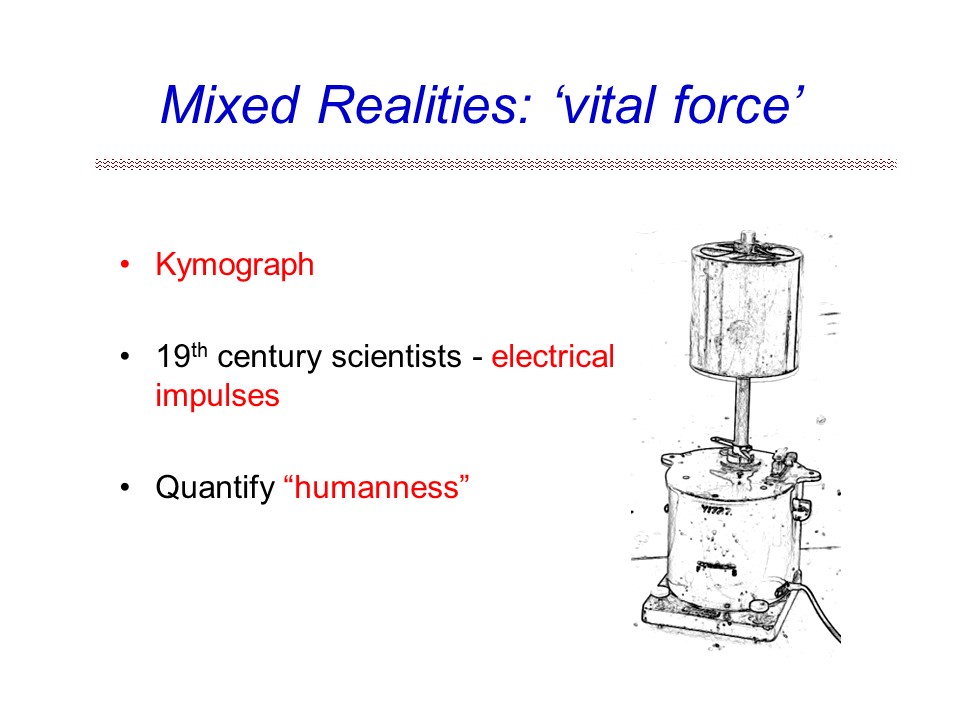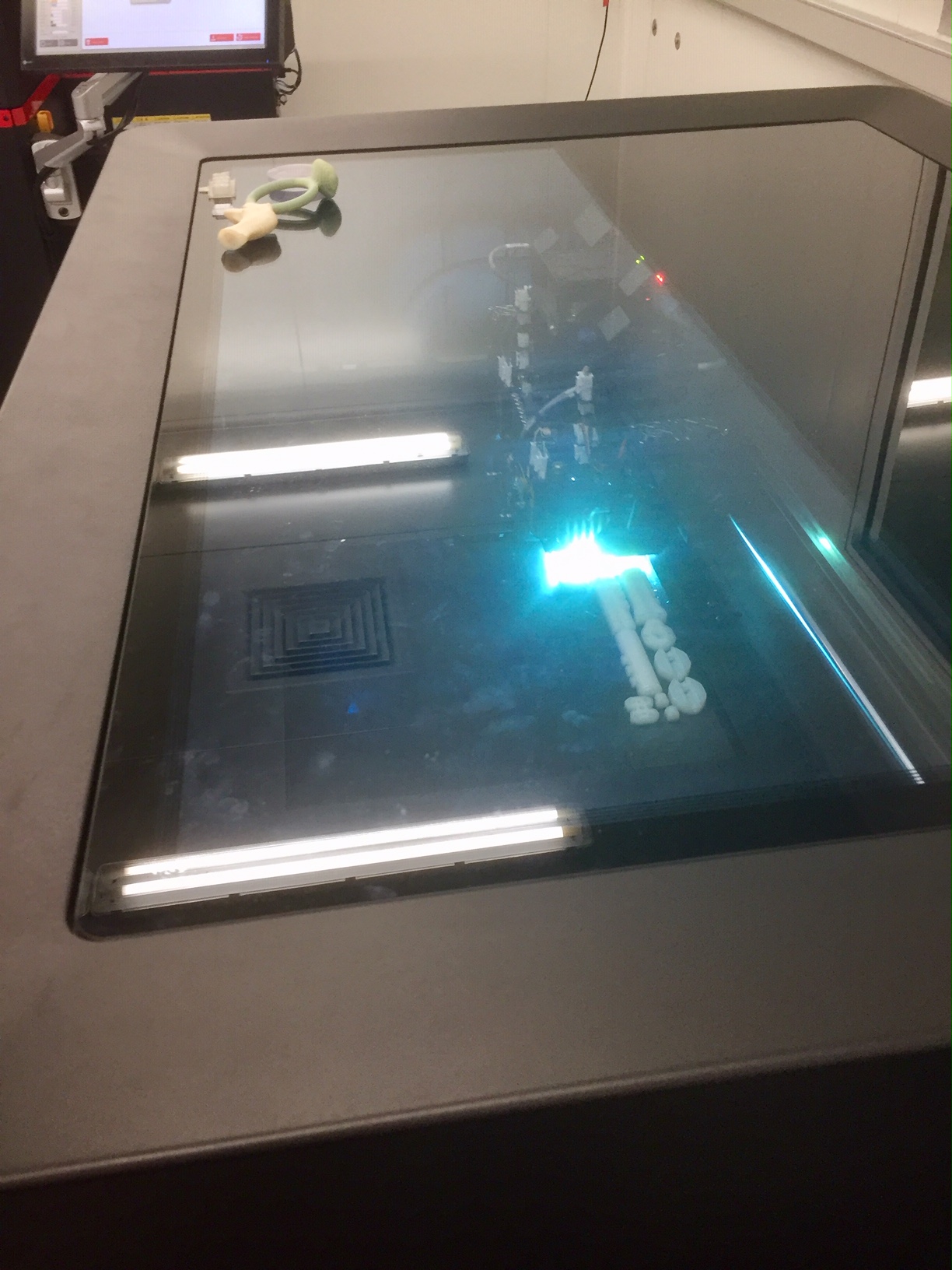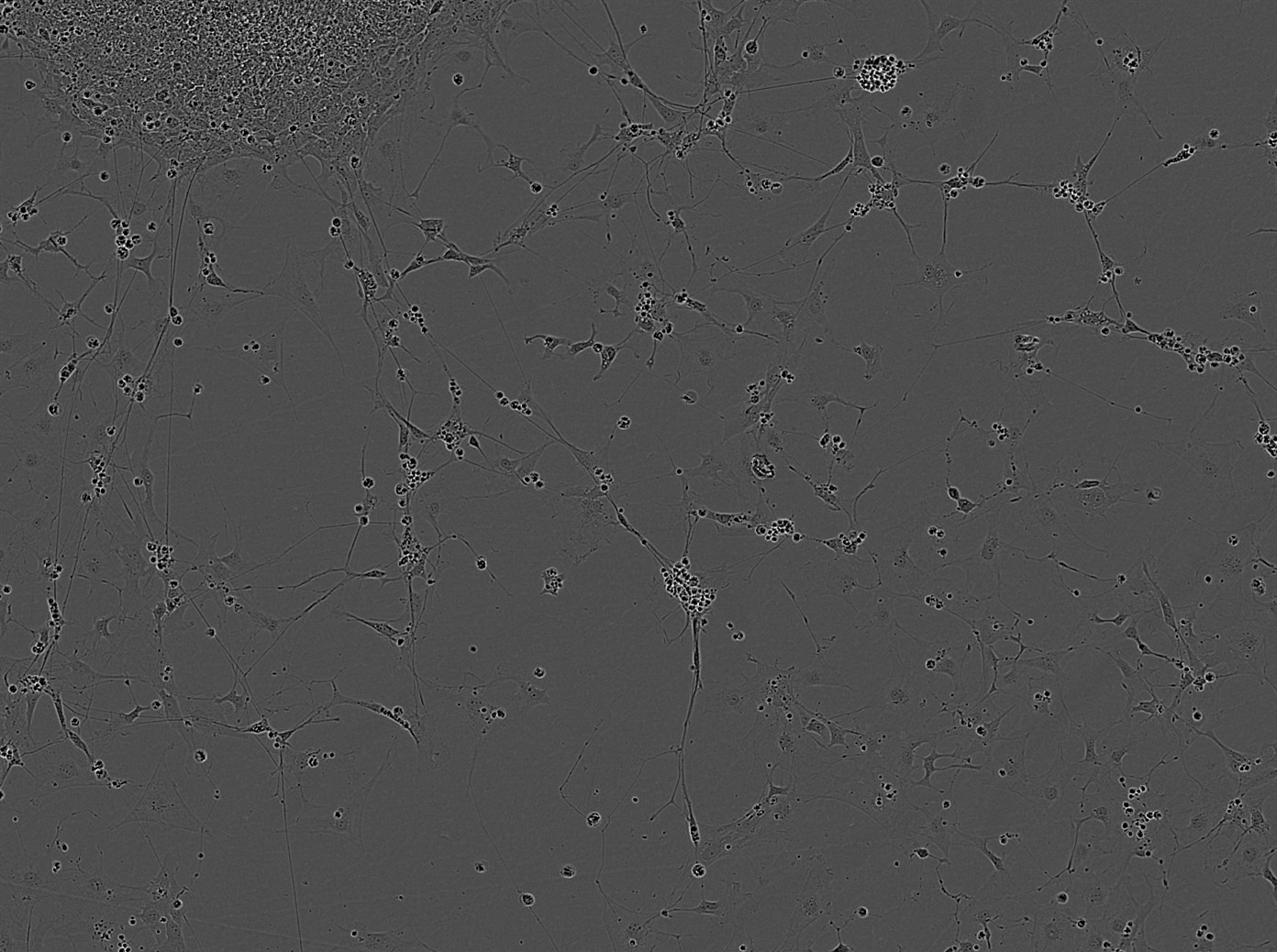I have come to expect that, during my art/science collaborations, I will find myself out of my depth from time to time in a rarefied and highly specific discipline – thoughts here of Steven Wilson and the dilettante question: https://www.leoalmanac.org/industrial-research-artist-a-proposal-by-stephen-wilson/ – In the Dottori laboratory, as I observe experiments relating to the enormously complex sensory systems within the human body and the way that sensory stimuli are received and travel to and from the brain, I am entering terrain that is far beyond my own expertise.
As a result of this, I recently supplemented my conversations and observations about the creation of neuronal populations and the formation of functional networks by consulting a website aptly entitled: https://neuroscientificallychallenged.com/ On this site I took a look at these processes more generally and diagrammatically. The following is a brief outline of what I have abstracted:
The generic process that allows sensory stimuli to pass around our body is known as Synaptic Transmission. When neurons communicate they usually do so in a designated area known as a synapse. Although very close, the neurons do not actually touch each other, but are separated by the synaptic cleft that allows chemical messages to pass across from one neuron to the receptors of another neuron on the other side.

The neuron sending the chemical signal is known as the presynaptic neuron and the neuron that receives this message is known as the postsynaptic neuron.



